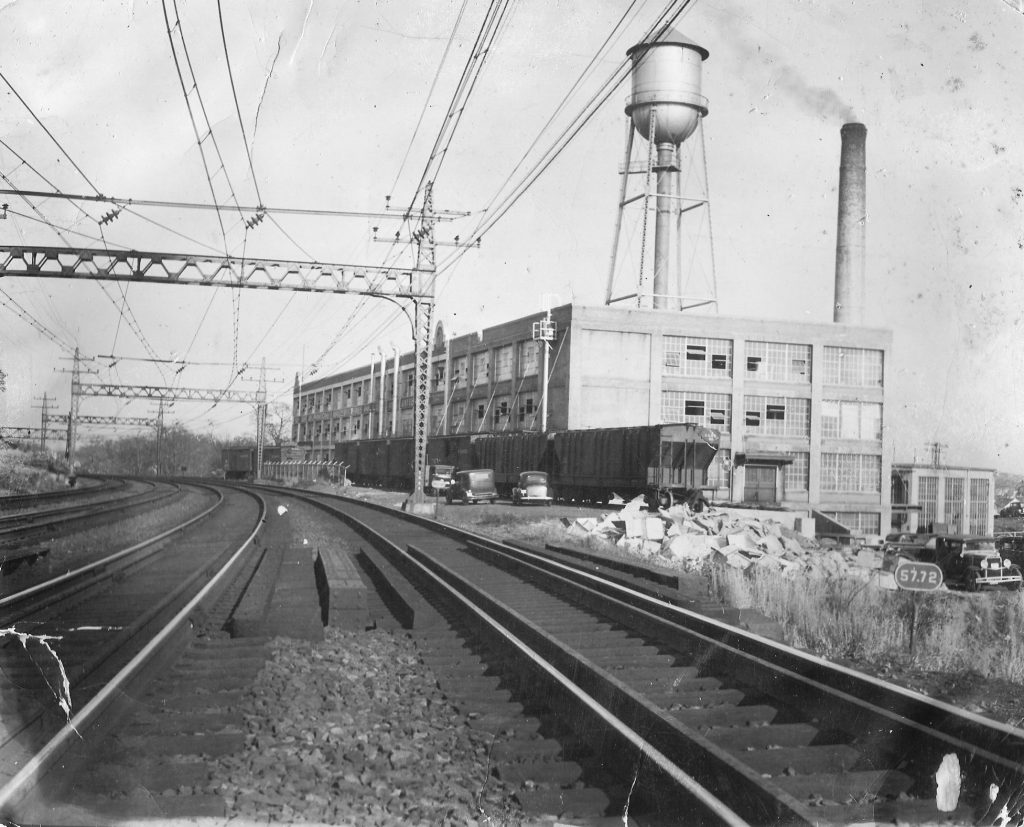By Dan Shine
Voice Columnist

The Armstrong Rubber Company
Part II
Walsh and Machlin had taken a very risky gamble in purchasing Armstrong Rubber just as the Great Depression hit bottom. And yet the purchase was a success—they finished their first year in the black! And then they got a windfall: in 1936, the rubber workers union went on strike at the tire plants in Akron, Ohio, paralyzing all of the major tire makers. Sears, Roebuck & Company, a major tire retailer, was suddenly without a reliable supply of tires.
Sensing a golden opportunity, Walsh and Machlin traveled immediately to Sears and signed up what was to be by far their biggest customer for decades to come. While other factories were still negotiating with Sears for a tire contract, Armstrong began dedicated production; at the end of the first week, they telephoned Sears and announced that they had several thousand tires ready, “So where do you want ‘em?” Armstrong Rubber was off to a running start with Sears, while their competitors stood watching.
Soon the Armstrong factory was running three shifts, producing 5000 tires a day and employing a workforce of over 650. The tire making machinery was operated using compressed air and live steam. By one visitor’s description, “It was like Dante’s Inferno, hotter than hell and noisy, and you had what looked like giants of people working there, stripped to the waist, dripping with sweat, cursing and yelling. It was like a nightmare.” But they were getting the job done, and for decades, West Haveners passing by the Armstrong factory could hear the din of constant tire production—day, night, summer, winter, spring and fall.
World War II brought with it the end of the Great Depression, and also brought new needs for the national defense. Some of the older members of First Church will recall working at the Armstrong factory, building inflatable rubber rafts which were used, among other things, as amphibious assault craft. And they built inflatable rubber cannons and tanks, which were designed to fool the enemy into feeling out-gunned on the battlefield.
Throughout the war, the demand for military tires stretched the factory to its limits. Meanwhile, the supply of rubber from the plantations in the East Indies was nearly cut off by the Japanese, who controlled the surrounding waters. But somehow, enough rubber was smuggled out to keep the supply of military tires coming out of the U.S. tire factories, while a supply of synthetic rubber was being developed by Armstrong Rubber and others. This advancement would ultimately revolutionize the production of tires.
Where is George Armstrong buried and when was he born? When did he die?
I don’t have any solid answers on this. If Armstrong retired due to a heart attack in the 1920s, he probably died within a few years of that. If he is buried in West Haven, he would probably be buried in Oak Grove Cemetery on Campbell Avenue, or St. Lawrence Cemetery, as most practicing Scots are of the Christian faith. I couldn’t find anything more to help with these questions. Sorry.
Dan
Did Armstrong Tires ever have a television commercial in the late 50s, early 60s?
I have not seen any information that would help me to answer the question, nor do I recall such a commercial. Sorry.